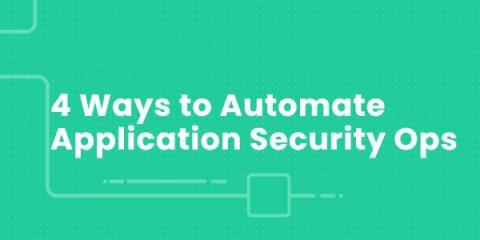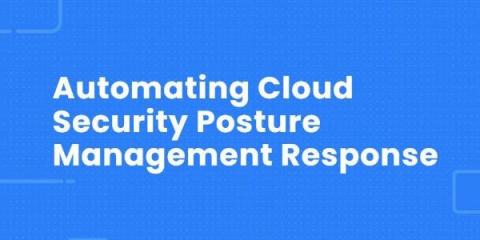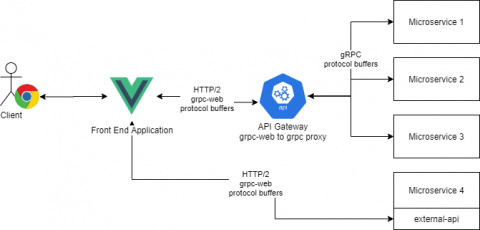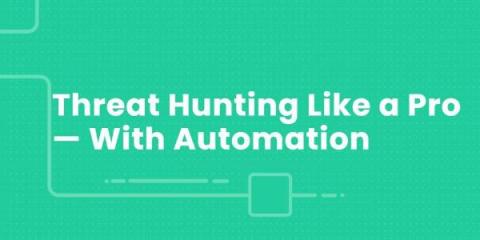4 Ways to Automate Controlled Access to Sensitive Data
Controlling access to sensitive data is tough. Be too restrictive, and your employees run into too many roadblocks to do their jobs effectively. Too loose, and you are effectively guaranteeing that your organization will find itself on the front page as a victim of one of the many data breaches happening every day. That is why it is important to craft an effective data security strategy: one that relies on automation and oversight to ensure the privacy of your users’ data.











